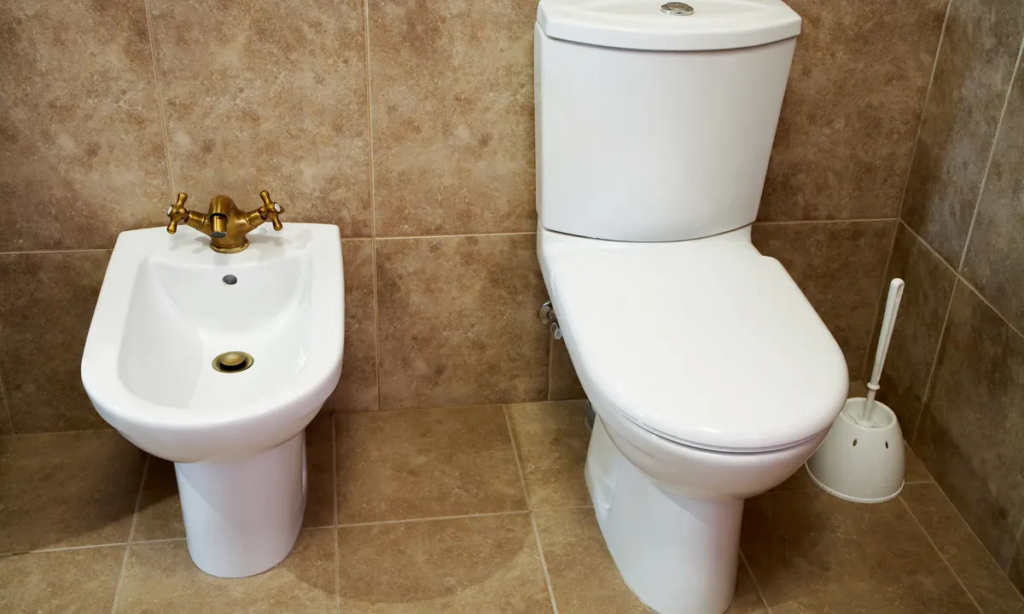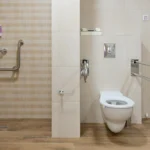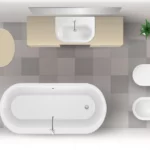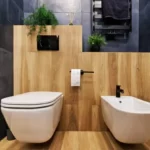The bidet history, a bathroom fixture designed for washing the genitalia, perineum, inner buttocks, and anus, has been a staple in many parts of the world for centuries. Despite its longstanding history, the bidet has seen a recent surge in popularity due to its environmental sustainability and hygiene benefits. Let’s take a journey through the history and evolution of the bidet.

The Birth of the Bidet
The term ‘bidet‘ originated from the French word for ‘pony’, hinting at the straddle-like position required to use it. The bidet first appeared in France in the late 17th century, predating the invention of modern flushing toilets. These early models were essentially shallow basins that individuals would squat over for personal cleaning after using the chamber pot or toilet.

18th Century: Luxurious Necessity
By the 1700s, bidets had evolved from mere basins to elegant porcelain fixtures with hand pumps to draw water from a reservoir. They were typically found in the bedrooms of the French elite, signifying a symbol of wealth and superior hygiene practices.

19th Century: Plumbing Revolution
The invention of indoor plumbing in the 19th century significantly impacted the bidet’s design and functionality. Bidets could now be connected directly to a water source, improving their efficiency and ease of use. This era saw bidets featuring taps and drains similar to sinks, offering a more comfortable and practical cleaning solution.

20th Century: Going Global
During the 20th century, bidets began to make their way outside of France. World War II played a significant role in their global spread as American soldiers stationed in Europe encountered them in hotels and brothels. Post-war, bidets started appearing in luxury hotels and homes worldwide, although they remained relatively uncommon in the United States due to cultural taboos.

The Emergence of the Bidet Toilet Seat
The late 20th century brought about a significant innovation: the bidet toilet seat. This design, popularized in Japan, combined a toilet and bidet in one fixture, eliminating the need for additional bathroom space. These integrated units offered various features, including warm water, adjustable sprays, and drying functions, marking a significant leap in bidet technology.
21st Century: The Smart Bidet Era
The dawn of the 21st century has ushered in the age of smart bidets. These high-tech models boast a plethora of features such as heated seats, adjustable water pressure and temperature, air dryers, deodorizers, and even remote controls. Some models can self-clean, enhancing their hygiene benefits and user convenience.

The Future of Bidets
As the world becomes more environmentally conscious and aware of personal hygiene’s importance, the future of bidets looks promising. With continued technological advancements, we can expect to see bidets becoming even more efficient, user-friendly, and widespread.

To conclude, the bidet’s journey from a simple basin to a high-tech bathroom fixture reflects our evolving understanding of hygiene and comfort. As we look towards the future, the bidet stands poised to revolutionize our bathroom experiences, proving that sometimes, the old ways can indeed become new again.
Click Here for more helpful articles on Bidet Attachments.





